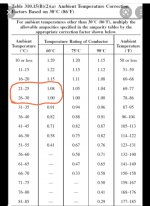I agree that the safest is to run a 4 wire circuit. Assuming conduit isn't optimal for some reason.
That said, I'm not sure how many (if any) chargers actually utilize the neutral. I've done a couple cord and plug to hardwire conversions and the neutral on the pigtail isn't even in use. Tesla has a neutral pin on their cord that comes with the car but yet the hardwired wall connector doesn't use it.
None that I’m familiar with require a neutral. But if you install a 14-50, it could get used for something other than an EVSE.


